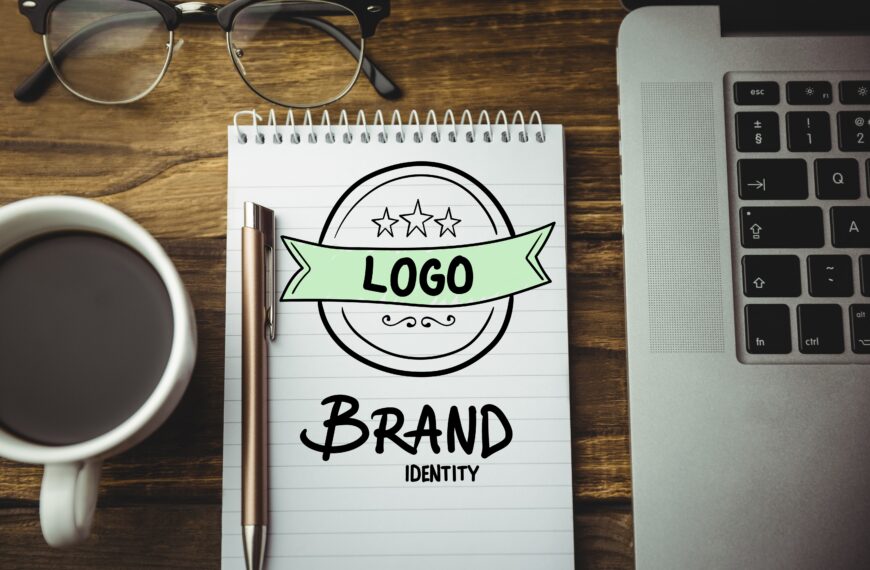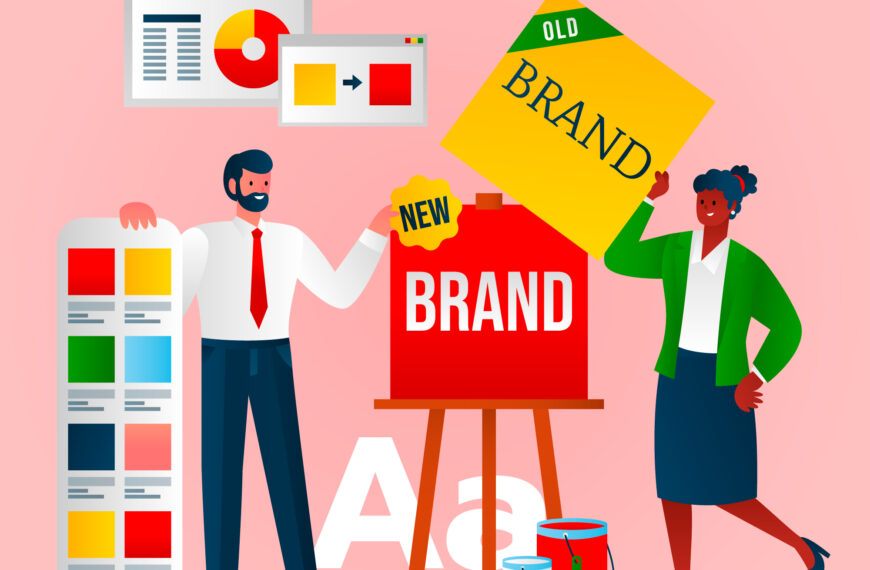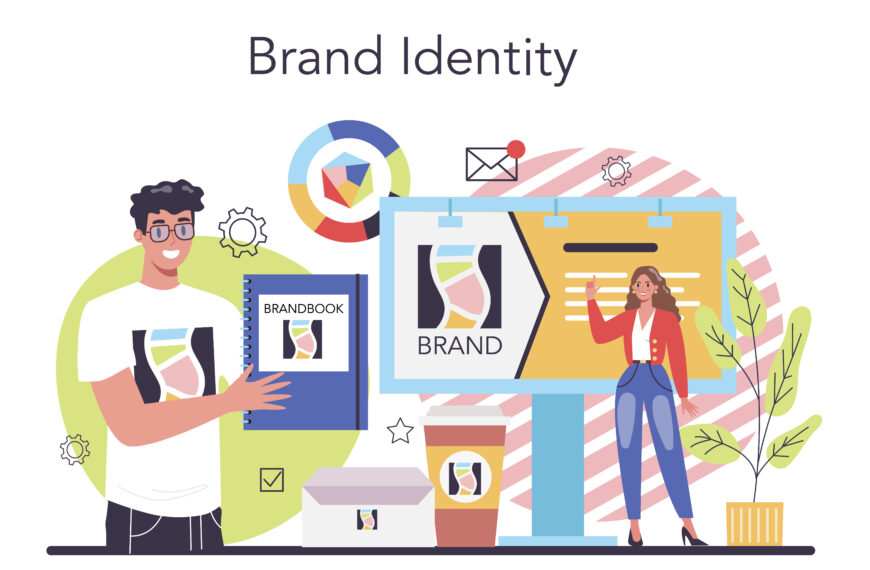The Silent Power of Brand Identity:
A well-designed brand identity doesn’t just make a business look polished—it gives it a voice, a soul, and a lasting impression. In the crowded digital space, it’s no longer enough to have a great product. People connect with stories, personalities, and values. That’s where brand design comes in. It’s the art of crafting speak words—translating your mission into visuals and messaging that emotionally resonate with your audience.
At Design Junction Digital, designers understand that effective branding goes beyond aesthetics. It’s about aligning identity with purpose to make your brand unforgettable. A cohesive identity builds trust, improves recognition, and communicates value. If your design doesn’t speak louder than words, your brand risks being overlooked.

Strategy First: Building a Visual Language That Communicates
Effective brand design begins with strategy. Before a single pixel is placed, a roadmap is essential to define who you are, what you stand for, and who you’re speaking to. This groundwork ensures that every visual element is purposeful and consistent.
Explore professional creative services from Safely Works to develop strategy-backed branding that aligns with your business objectives.
When you’re crafting speak words, you’re not simply making something look good—you’re constructing a visual language that clearly communicates your brand values, personality, and promise. Strategy-driven design connects better with audiences, fosters emotional loyalty, and turns brand recognition into brand preference.
Storytelling Through Design: From Concepts to Connection
A brand story isn’t just written—it’s seen, felt, and experienced. Great design conveys narrative through imagery, typography, color, and layout. It helps your audience understand who you are, what you offer, and why they should care.
For deeper insights and inspiration, check out these brand design blogs that explore the storytelling aspect of identity.
Here’s how to create a design that tells your brand’s story:
- Use consistent imagery that reflects your mission and vision
- Select fonts that capture your tone (e.g., modern, classic, bold)
- Apply color theory to evoke the right emotional response
This is the foundation of crafting speak words in design, transforming abstract concepts into relatable, visual stories.
Emotional Triggers: Designing for Trust and Loyalty
People are drawn to brands they feel emotionally connected to. Your brand identity should spark feelings—comfort, excitement, aspiration—that create lasting connections. The more emotional relevance your brand offers, the more memorable it becomes.
Key emotional design triggers include:
- Color psychology (e.g., blue for trust, red for urgency)
- Tone of voice (friendly, professional, quirky)
- Visual consistency that reinforces expectations
This emotional response is at the heart of crafting speak words—delivering feelings before any message is read. Trust is not just earned through service; it begins with a design that feels familiar, confident, and authentic from the first impression.
Consistency is Key: Making Your Brand Recognizable Everywhere
One of the most underestimated elements of brand identity is consistency. Every touchpoint—from your Instagram bio to your packaging—should reinforce your brand’s look and feel. Consistency builds credibility and helps your brand stick in the minds of consumers.
Maintain brand consistency by:
- Creating and following a brand style guide
- Using uniform colors, fonts, and logo usage
- Ensuring the tone of voice aligns across marketing channels
Consistency is another core element of crafting speak words. The more coherent your brand presentation, the more trust it earns, and the easier it becomes for customers to recall, recognize, and recommend you.
Visual Hierarchy: Guiding the Customer’s Eye and Mind
A strong brand identity also leverages visual hierarchy—the strategic arrangement of design elements to guide the viewer’s attention. This helps communicate key messages quickly and effectively.
Use visual hierarchy to:
- Highlight brand name and value propositions
- Organize content by importance (headlines vs. supporting text)
- Lead users through a desired journey or flow
By organizing information with a purpose, you’re crafting speak words that lead to conversions. When visuals are intuitive and clear, your audience is more likely to understand your message and act on it.
Evolving Your Brand Without Losing Its Essence
Rebranding is common for growing businesses, but it must be handled delicately to preserve trust. Your visual identity can evolve—modernize colors, update fonts, refresh layouts—but your core message should remain intact.
Tips for brand evolution:
- Retain signature elements like the logo or tone
- Communicate the “why” behind the change to customers
- Use feedback to guide changes and ensure relevance
A refreshed identity still requires crafting the right words—but in a way that builds on your legacy rather than replacing it. Evolution should enhance clarity, not confuse loyal customers.
Conclusion: Let Your Design Do the Talking
In a world of endless content and fleeting attention spans, your brand identity must speak clearly and emotionally. It must be more than attractive—it must be intentional, strategic, and memorable.
That’s why crafting speak words is so essential in brand design. Every font, color, layout, and tone contributes to how your audience perceives you. And when done right, your brand can build trust, tell stories, and command loyalty without uttering a word.
Want to design a brand that speaks volumes? Start with strategy, lead with emotion, and ensure consistency throughout. Because in the end, the strongest brands don’t just talk—they craft words that echo across industries.

















